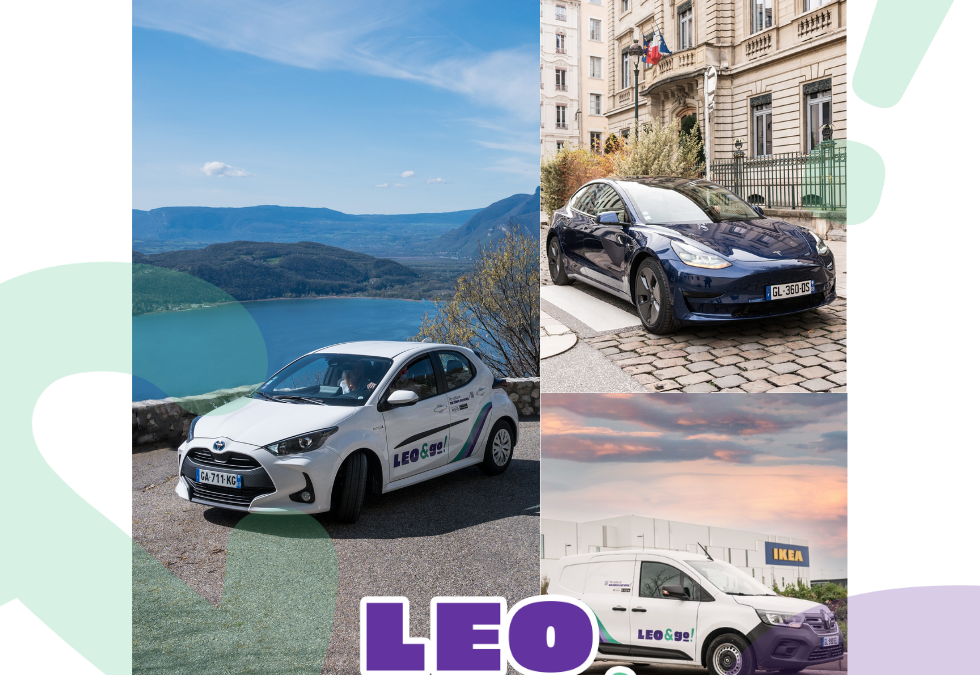We have everything you need to know about integrating a multi-service platform, especially as consumers need choices when it comes to mobility!
PARIS. November 9, 2020 We’ve all heard the expression “one size fits all” – but does it always? Does a “one size fits all” t-shirt really fit people of all different shapes and sizes the same way? Will every consumer’s needs be equally satisfied by a standard, off-the-rack product? Or is “tailor-made” the way to go?
Today’s consumers simply can’t settle for a “one size fits all” product. They demand variety and flexibility and nowhere is this more true than with transport and mobility. A single “one size fits all” mobility solution will not suffice for commuters in the 21st century. This is especially true in urban areas where getting from Point A to Point B – either within or outside of the city – is propelled by rapidly converging technological and social trends. The result is a dynamic, new mobility ecosystem in which faster, safer, cheaper, and greener mobility solutions allow commuters to move more freely, creatively, and efficiently than ever before, without the hassles of owning a private vehicle.
Choosing a multi-service mobility platform is, therefore, a no-brainer for any mobility strategy. It means being able to offer users a variety of mobility options all within one single app: scheduled booking, free-floating; per min, per day, per month; one type of vehicle or several (multimodal); in one city or across several (multi-city). This kind of variety and flexibility allows an operator to cover the maximum number of use cases and user needs possible, multiply revenue streams, and reduce operational costs.
Cover all use cases
End-user needs are diverse: one day they need to commute for a short period of time, the next for a longer period. A trip may be planned in advance or completely spontaneous. Shared or for individual use. Alone or with the family. For business or for leisure. What’s more, the same user might need to apply all of the aforementioned use cases to various trips all taken within a single day, week, or month.
Mobility use cases are, indeed, endless and this realm of possibility must be accounted for when constructing a business model. This is why narrowing single-use cases down to a “one size fits all” model is simply not efficient when it comes to shared mobility. By doing so, an operator actually ends up pushing users away towards several different apps and competitors who offer more diverse, multi-service packages.
While some other industries can afford a “one size fits all” approach, shared mobility simply cannot. A shared mobility service cannot rely on one single service – it must offer a bespoke solution to each customer based on their unique travel needs on any given day of any given week. By doing so, operators see greater user acquisition in the short term and greater user retention in the long run. This helps cultivate loyalty and can even transform satisfied customers into enthusiastic ambassadors.
Multiply revenue streams
One single asset holds tremendous potential and can be extremely lucrative when optimized correctly. Optimal fleet utilization means, for example, that 1 asset can target 2 different market segments (B2C & B2B) with 3 different booking methods (per minute, per day/week, or per month). Now multiply that figure by the number of vehicles in a fleet – this is where the magic happens! Thanks to fleet optimization, operators ensure that all vehicles are being used as much as possible.
Balance here is key: a “per minute” model can be considered more volatile and more dependent on external factors (such as weather or a nationwide lockdown) should be balanced by a more stable model such as subscription which ensures users’ monthly payments are covered regardless of external factors. Classic rentals are also a good way of balancing the “per minute” model. Plus, all of this is done digitally (goodbye excel spreadsheets)!
Reduce operational costs
Any new source of revenue is naturally going to entail new costs. In order to be profitable, balancing revenue against the potential increase in correlated costs is essential. Staying profitable means ensuring that these numbers develop in opposite directions. This means that all operations and services must be managed via a single back-office and fleet agent mobile app thanks to Vulog’s intelligent mobility platform AiMA, specifically its “AI-Powered Fleet Operations Suite” which has been specifically designed to optimize vehicle availability.
On top of managing the daily operations of a fleet and partner vendors, this Fleet Operations Suite injects artificial intelligence into the mix, bringing traditional fleet operations to a whole new level. Fleet balancing based on demand prediction, real-time accident/incident reporting, task automation, etc. is key in achieving maximum efficiency and long-term profitability.
One Size Fits All vs. Tailor-Made
Let’s be honest, there is no magical “one size fits all” model that will meet everyone’s needs perfectly: consumers want their commutes to be as tailor-made as possible, and for that, they need as many options as possible all within one single app.
Speaking of which, it’s important to distinguish between “one size fits all” and “all-in-one”: while “one size fits all” is not conducive to shared mobility, a robust all-in-one, scalable technology like Vulog’s mobility platform AiMA is, indeed, the answer to winning big with multi-service!
This is because opting for multi-service via one single platform broadens a service’s existing customer base, ensures that operations run “automagically” for both back-end and front end-users, and boosts business growth in a way that’s beneficial for users and lucrative for operators.
So yeah, ditch that “one size fits all” shirt and go for the tailor-made (AiMA) suit(e)!
Vulog is the world’s leading tech mobility provider: we are committed to building a greener future, one city at a time.




